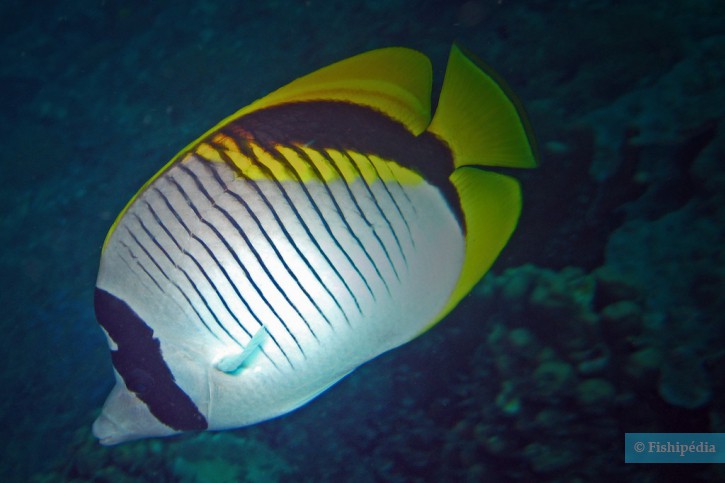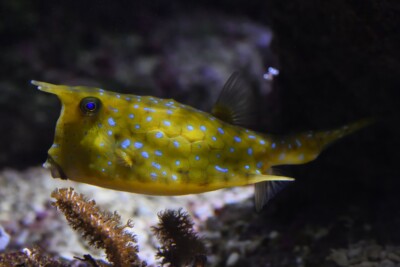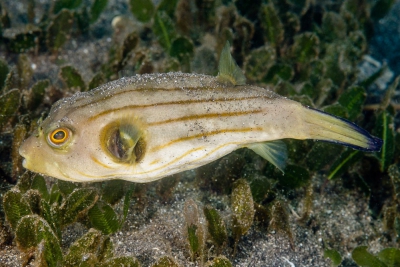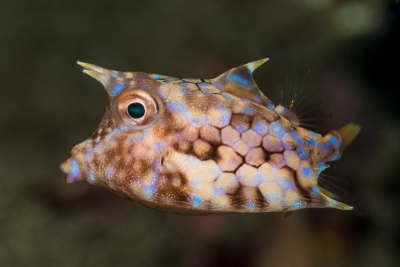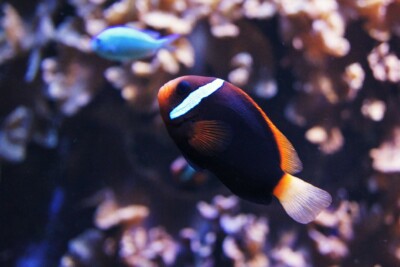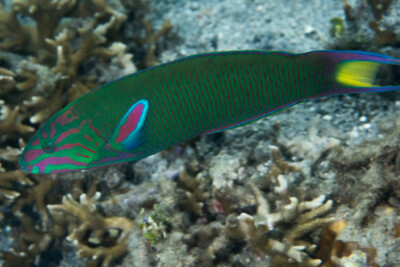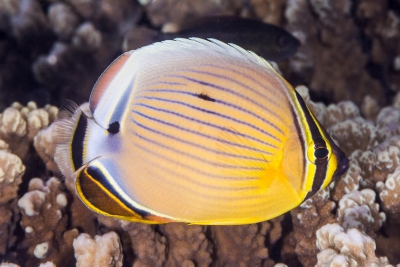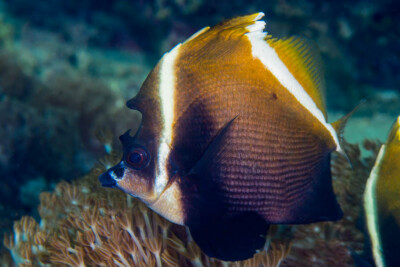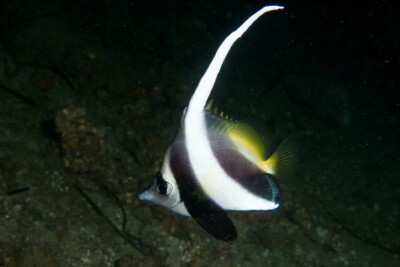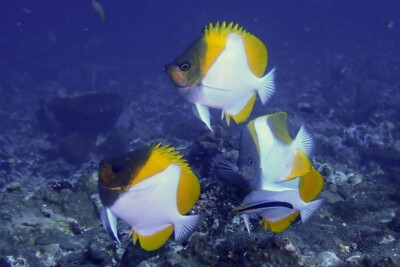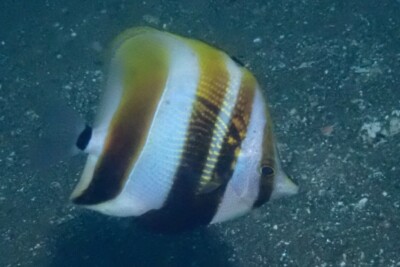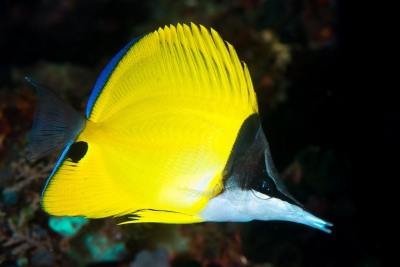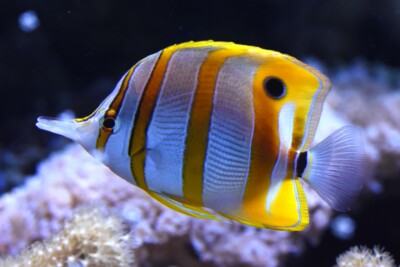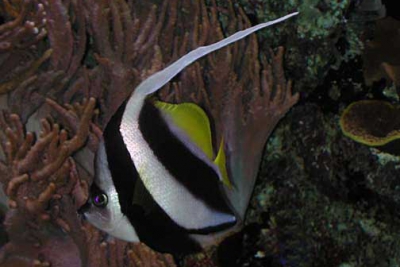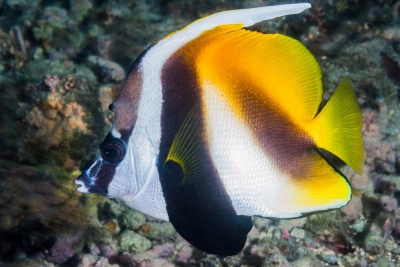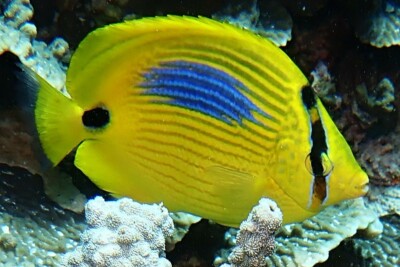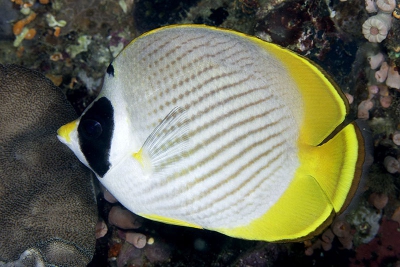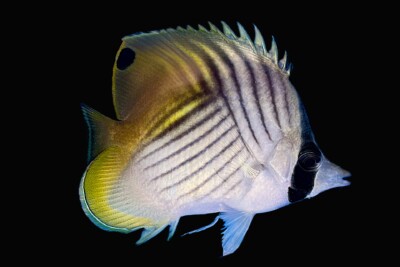lined butterflyfish
| Family | Chaetodontidae |
|---|---|
| Genus | Chaetodon |
| IUCN category (World) | LC |
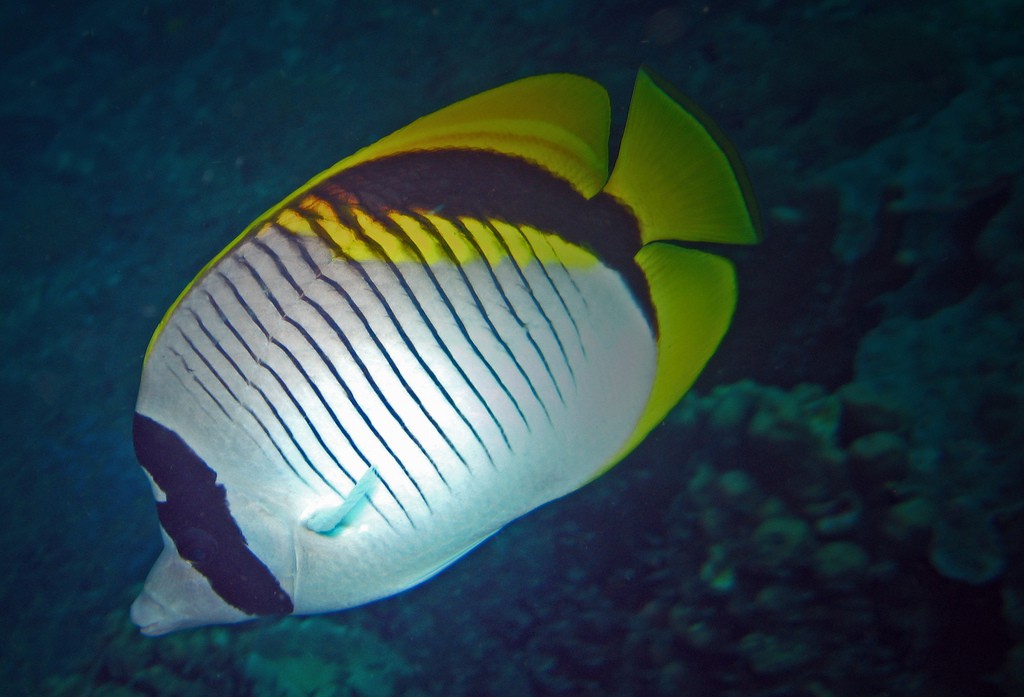

Introduction
The lined butterflyfish (Chaetodon lineolatus) is a species of butterflyfish found from the Red Sea to Micronesia. It is easily recognizable by its black vertical stripes. It is also the largest species in the Chaetodon genus.
Who is it?
Morphology
-
Average size28 cm
-
Maximum size30 cm
-
Longevity10 year
-
ShapeCircular
-
Patternvertical stripes
-
Average size28 cm
-
Maximum size30 cm
-
Longevity10 year
-
ShapeCircular
-
Patternvertical stripes
How to recognize This fish ?
The lined butterflyfish (Chaetodon lineolatus) is bicolored with a mostly bright yellow and white body. It has a black elliptical pattern at the back. Its stripes are thin and extend along the sides, with a wider black band crossing at the eye level.
Sexual dimorphism
Unknown dimorphism.
Behaviour & Life cycle
-
dietomnivorous with carnivorous tendency
-
Sociabilityliving as a couple
-
territorialNo
-
Way of livingdiurnal
The lined butterflyfish (Chaetodon lineolatus) is often seen in pairs and naturally resides near reefs. Generally, it is an independent fish that doesn't pay much attention to other species. However, it may show some signs of aggression towards its own kind.
Reproduction
-
Reproductionovipare qui pond en eau libre
The lined butterflyfish (Chaetodon lineolatus) is an egg-laying fish that spawns in open water.
Harmless species
This species does not represent any particular threats to humans when encountered in its natural environment.
Origin and distribution
What is its habitat?
Natural environment characteristics
-
Temperature23 - 27 °C
-
Depth1 - 30 m
-
FlowMedium
Biotope presentation
The lined butterflyfish (Chaetodon lineolatus) is most commonly found at depths less than 30m, but can also be found at other depths. This species primarily feeds on polyps and anemones, occasionally ingesting small invertebrates and algae.
Species of the same biotope
To go further
Sources & Contributions
Participation & Validation
The Fishipedia team and specialist contributors are committed to providing high-quality content. However, although the information comes from scientific sources or testimonials from specialists, the cards may contain inaccuracies.

Benoit Chartrer

Patrick Chartrer
Translation
Translation done with the valuable contribution of our translators, who make this information available to a wider audience. We sincerely thank them for their commitment.
Scientific partners
Tags
Species of the same family
Same genus
Species of the same biotope
